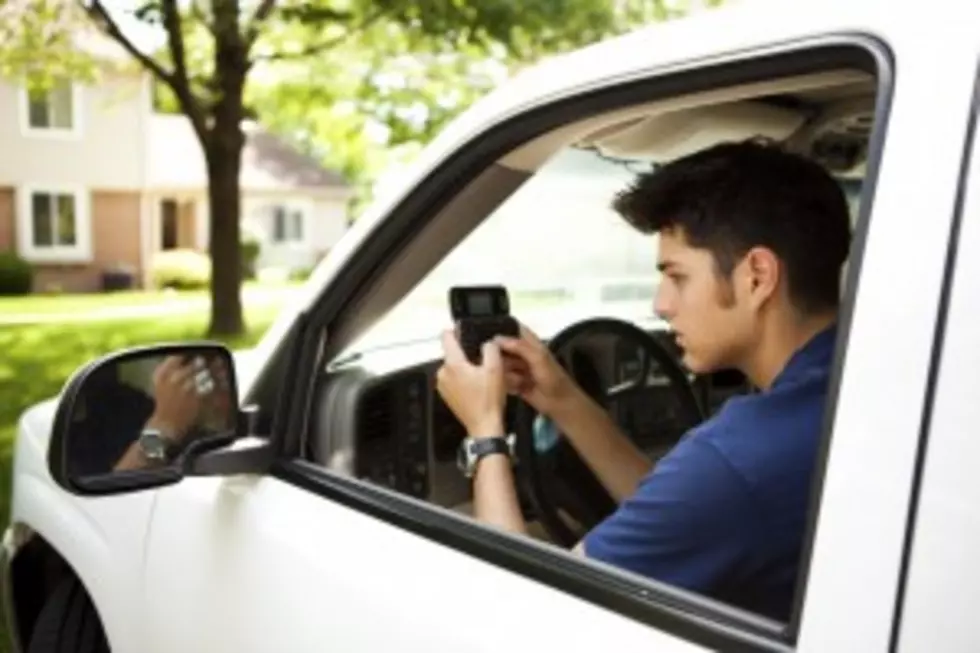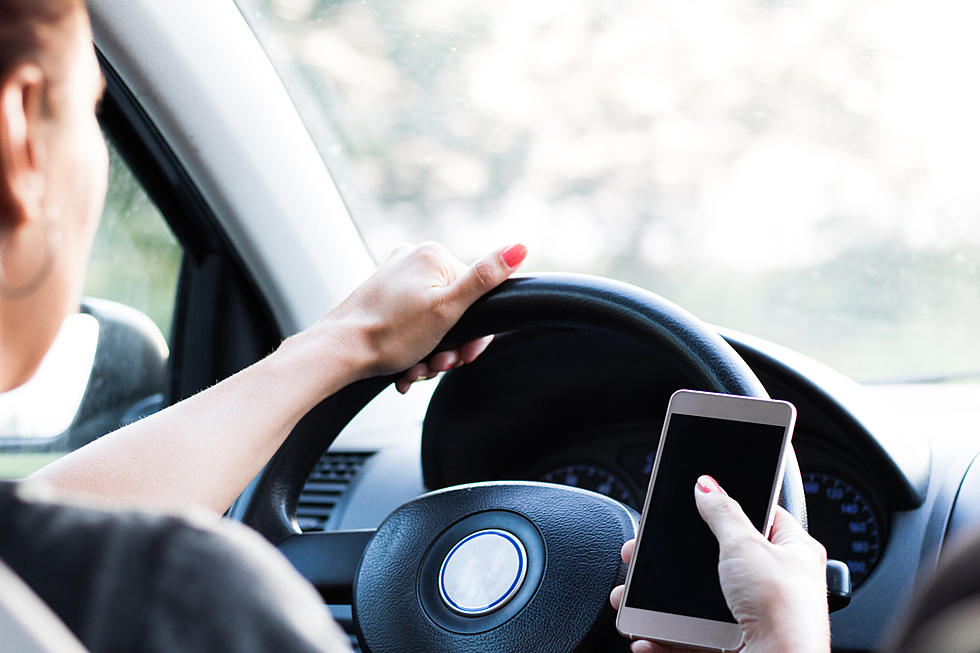
Are Teens who Text And Drive Really Dangerous?
A new study finds teens who text while driving may also be more likely to engage in other risky behaviors behind the wheel. Researchers at the Centers for Disease Control surveyed more than 8,500 teens. Almost half of them reported texting while driving within the past 30 days.
Teens who texted while driving were five times more likely than those who didn't to drive when they had been drinking alcohol. And the more they texted the worse their seat belt habit. Teens who texted every day while driving during the past month were more than 40% more likely to not always wear their seat belts than were teens who engaged in texting while driving once or twice in the past 30 days.
It's not surprising that kids who take such risks in one area may be more likely to take risks in other areas, says CDC Director Thomas Frieden.
"But the big picture is that the greatest single risk to teenagers in this country is getting hurt or killed in a motor vehicle crash; that's the most likely thing to result in their death," he says. "And texting while driving makes teen driving even more dangerous."
The practice, he adds, "may be associated with some of the slowing or even reversal of very encouraging declines we had seen until the last year" in the number of teen fatalities, as indicated in preliminary 2012 statistics.
The new study (drawn from a survey of 8,500 high school students 16 and older) is the second this month to highlight evidence suggesting that texting and driving is associated with other dangerous behaviors.
At the Pediatric Academic Societies annual meeting in Washington, D.C., less than two weeks ago, researchers reported that teens who text while driving are also more likely to binge drink (five or more drinks), use tobacco, use pot, use indoor tanning devices and have unsafe sex.
"In short, teens who (text while driving) engage in a multitude of other risky behaviors," says Andrew Adesman, senior investigator of that report and chief of Developmental and Behavioral Pediatrics at Cohen Children's Medical Center of New York.
Both studies analyzed data from the CDC's 2011 Youth Risk Behavior Survey of 15,000 high school students. The 2011 survey was the first ever to ask about texting.
Adesman and colleagues specifically focused on responses from students who were old enough to drive legally in their state. They found that 43% of such students admitted to texting while driving.
They also found that state laws banning texting while driving had little effect, with 39% of teens reporting texting and driving in states where it is illegal, compared with 44% of teens in states with no restrictions.
According to the CDC, 31% of U.S. drivers ages 18-64 reported that they had read or sent text messages or e-mail messages while driving at least once within the 30 days before they were surveyed.
That percentage may be even higher, according to AT&T data provided to USA TODAY in March. It found that 49% of adults admitted doing so, along with 43% of teenagers.
The example that parents set can't be underestimated, says CDC's Frieden: "Parents have to lead by example. If you drive fast, if you drink and drive, if you text and drive, then your kids learn that that's acceptable behavior, and it is not.
"Multitasking may be fine if you're sitting at your desk, but not when you're driving a car," Frieden adds. "Things can go so badly so quickly. That's what I think teens don't recognize. Deep down, most teens think they are invincible, but you can go from a perfectly normal situation to heading into a truck or off a bridge or into a tree within a second or two, far less than the time it takes to reach down and type 'LOL' on a text message."
via usatoday
More From Power 95.9









